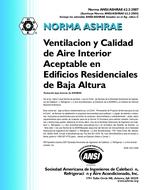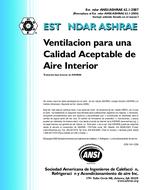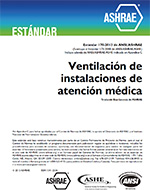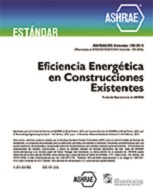Description
Buildings account for roughly 40 percent of all energy consumption in the United States, according to the U.S. Department of Energy (DOE). As a result, improving the energy efficiency of buildings should be a top priority for building owners, design professionals, utility companies, governmental bodies and allied industries. These diverse groups are working not just to build efficient new construction, but also to improve aging properties through energy retrofits.
Most energy retrofits for commercial buildings focus on installing high-efficiency boilers, motors, and lighting. However, efficiency gains from equipment can be offset by occupant discomfort due to inefficient windows, which can account for 25 percent of a typical building’s heating load in cold climates and 50 percent of the cooling load in warm climates, according to the U.S. Environmental Protection Agency. Because equipment is sized to service a specific building’s needs, improving a building’s envelope should be addressed first, so that smaller equipment can be specified, saving on the upfront and ongoing costs.
A variety of options exist for improving the energy performance of existing commercial glazing systems including:
- Application of interior window films – primarily addresses solar heat gain
- Complete window rip-out and replacement – addresses both solar heat gain and improved U-factor
- Interior commercial storm windows – primarily addresses improved U-factor
- Interior installed Low-E retrofit insulating glass unit – addresses both solar heat gain and improved U-factor
Each alternative has specific performance benefits and associated cost and convenience implications. Solar heat gain is a primary problem with most commercial buildings having lower performance, single-glazing, regardless of climate zone. This leads to increased cooling loads, larger sizing of HVAC equipment, higher energy costs and lower occupancy comfort levels. Any improvement in the glazing system should incorporate technology to reduce the impact of solar heat gain through the use of high performance low-e coatings. Concurrently for heating dominant climate zones, a substantial reduction in U-factor acts in parallel to reduce HVAC demand for heating, reduces energy costs and improve occupancy comfort levels.
This paper is intended to compare the performance benefits and cost implications of a case study retrofit relative to a pre-existing monolithically glazed system.
Citation: 2016 Annual Conference, St. Louis, MO, Conference Papers
Product Details
- Published:
- 2016
- Number of Pages:
- 8
- Units of Measure:
- Dual
- File Size:
- 1 file , 1000 KB
- Product Code(s):
- D-ST-16-C012




